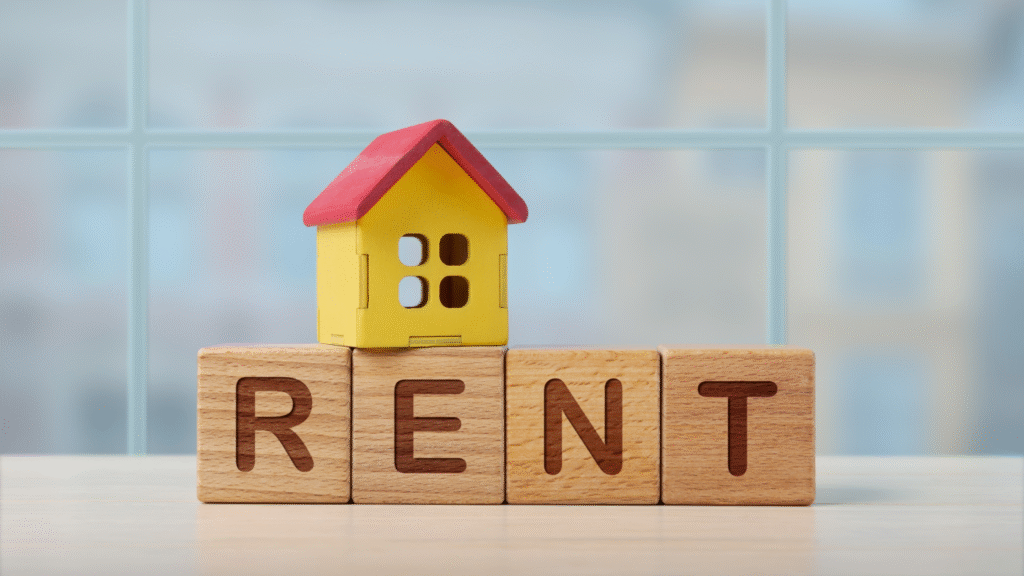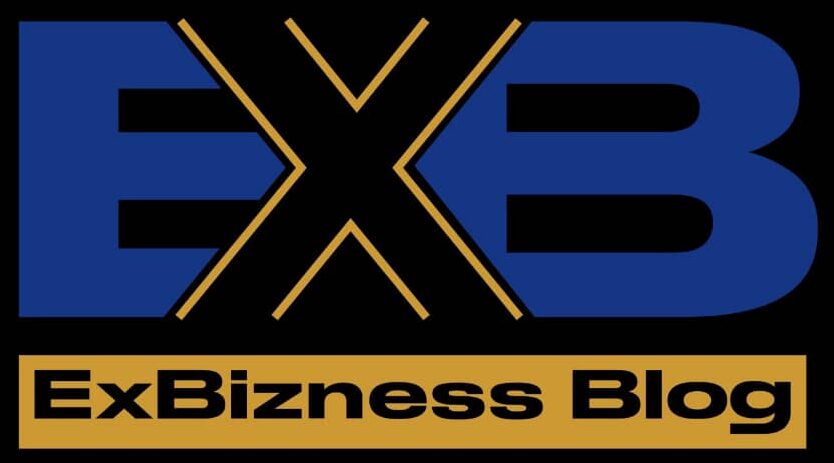In Ghana’s urban housing market, one of the biggest burdens tenants face is the demand for huge rent advance payments. Many landlords ask for one to two years’ rent upfront — a practice that locks out countless low- to middle-income earners from securing decent housing.
To address this, the Government of Ghana introduced “Rent to Pay”, officially known as the National Rental Assistance Scheme (NRAS). But what exactly is this scheme, and does it solve the root of Ghana’s rental crisis?
💡 What Is “Rent to Pay”?
The National Rental Assistance Scheme was launched in 2023 as a partnership between the Ministry of Works and Housing and Rent to Own (RTO) Ghana. It aims to:
- Provide rent advance loans to eligible Ghanaians
- Allow repayment in monthly installments, instead of lump-sum payments
- Reduce exploitation and rent-related financial stress for working-class citizens
In essence, it acts as a rent loan system, where the government pays the landlord directly, and the tenant repays the government over time.
📋 Who Qualifies?
To benefit from the scheme, tenants must:
- Be Ghanaian citizens
- Be 18 years or older
- Have verifiable employment or a stable income source
- Provide national ID (Ghana Card) and bank statement or payslip
- Rent a property within approved rent ceilings (limits based on location)
A background check is done to assess creditworthiness and employment stability before approval.
🏙️ Areas Covered
The scheme initially rolled out in Greater Accra, Ashanti, Western, Eastern, Bono East, and Northern Regions, with plans to expand nationwide. The rent ceilings vary — for example:
- Greater Accra: GHS 1,500/month
- Ashanti Region: GHS 1,000/month
- Other areas: Lower thresholds
These limits ensure the funds are directed toward affordable housing segments, not luxury apartments.
⚖️ How It Works – Step-by-Step
- Tenant finds a property and negotiates rent with the landlord
- Tenant applies through the Rent to Pay portal or at an office
- Application is vetted (income check, property verification)
- Government pays landlord directly — rent advance of 6 months to 2 years
- Tenant repays monthly through payroll deductions or standing orders
It’s that simple — at least on paper.
🔍 Is It Working?
The idea behind Rent to Pay is solid: it makes renting more accessible for many and reduces illegal or exploitative rent practices. But as with any policy, there are challenges:
- Limited public awareness of the scheme
- Slow vetting process, with long delays in some regions
- Rent ceilings too low for some urban areas, limiting choice
- Landlord hesitation in accepting third-party payers
- Funding sustainability — questions remain on how long government can maintain the program
Still, for many first-time renters, especially in Accra and Kumasi, it provides a much-needed financial cushion.
🧭 Where Do We Go from Here?
“Rent to Pay” is a step in the right direction for Ghana’s housing system. But for it to have long-term impact, it should be accompanied by:
- Stronger rent control enforcement
- Incentives for affordable housing development
- Landlord education to build trust in the scheme
- Integration with private sector support (e.g., banks, employers)
📝 Final Thoughts
Ghana’s rental market is evolving, and tenants deserve fair access to housing without crippling financial strain. “Rent to Pay” offers hope — not as a perfect solution, but as a foundation for reform. As the scheme expands and improves, it has the potential to transform how Ghanaians rent, live, and plan their finances.




